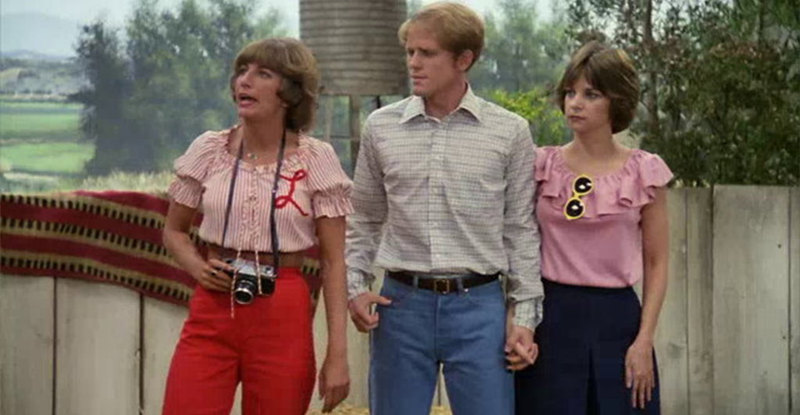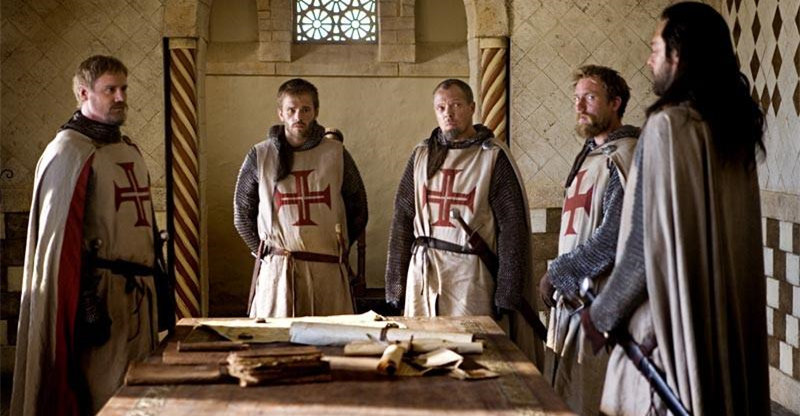Call him Pi.
He’s a legend among sailors and a man who can spin a good yarn.
So can Yann Martel, whose 2001 novel was the basis for this live-action/CGI film from Ang Lee, which recently won four Oscars (Best Director, Best Cinematography, Best Original Score, Best Visual Effects) and became one of the top grossing movies in Hollywood.
Based on the trailer, my family pronounced “Life of Pi” a film they had no interest in seeing. A 16-year-old Indian boy adrift in a lifeboat with a Bengal tiger named Richard Parker? No thank you. My wife pictured it as Lee’s spin on “Cast Away,” with a tiger for company instead of a volleyball.
Had they known it would be 39 minutes into the film before a storm even kicks up and that Pi’s entertaining backstory begins when he’s much smaller, they would have been less resistant. “Life of Pi” isn’t just a visual effects movie stuck at sea. There’s a compelling story here as well.
Pi was named Piscine after his father’s favorite pool (in Paris), but he campaigned to change it after classmates—even teachers—butchered his French first name and kept calling him “pissing.”
There’s plenty of humor in the first act and traces of it later, with a “Big Fish” tone throughout. Pi is a seeker of truth, a young man who embraces all religions rather than espouse just one. “A Hindu Catholic?” someone questions. “We get to feel guilty before hundreds of Gods,” Pi responds.
When his father, who had begun a zoo in their community, decides to move to Canada—animals and all—and announces, “We will sail like Columbus,” Pi’s retort captures the spirit and irony inherent in the film: “But Columbus was looking for India.” Once in the lifeboat , the focus is on Pi’s uneasy relationship with the tiger. People do what it takes to survive—even if it means becoming an animal trainer.
Four actors played Pi over the course of his life: Gautam Belur (5 years), Ayush Tandon (11-12), Suraj Sharma (16), and, in a frame sequence, telling the story, Irrfan Khan (adult Pi). All do a fantastic job, as do the rest of the cast—which is not always the case with a live-action film that’s heavily reliant on visual effects.
Handling the main special effects is the same crew that animated the lion in the first “Chronicles of Narnia” movie, but seven other visual effects studios contributed as well. The results are pretty impressive, whether it’s a whale breeching right alongside the raft or thousands of meerkats on an isolated island. “Pi” was shot in 3D, which James Cameron told the Los Angeles Times“does what good 3-D is supposed to do, which is, it allows you to forget you’re watching a 3-D movie.”
“Life of Pi” is rated PG for “emotional thematic content throughout, and some scary action sequences and peril.” It will be too intense for young children who are big animal lovers. This is no Peaceable Kingdom. Things get eaten. Sharks get their fill when the ship goes down. Food chains exist, even in the middle of the ocean.
Video:
The screener I viewed was the standard Blu-ray, but the depth of field was still impressive. That’s what happens when you film in 3D. “Life of Pi” is presented in 1.85:1 widescreen and it looks terrific. But be warned that the aspect ratio expands in one spot and shrinks in another. Why? I’m not sure, because I don’t think it delineates the narrative any better than a consistent aspect ratio with a more pronounced dissolve to set the scenes apart. To me, some of the lifeboat scenes looked a little soft. That’s not a bad thing, mind you, because it adds to the ethereal or surreal feeling of the sequences. I saw no instances of artifacting as a result of the AVC/MPEG-4 transfer (25MBPS).
Audio:
The featured soundtrack—an English DTS-HD MA 7.1—was surprisingly dynamic, filling the room with sound whether it was a loud, storm sequence or quieter, simpler shots adrift with the sounds of the ocean and wind. It also provides a nice showcase for Mychael Danna’s Oscar-winning, tabla-driven score. Additional audio options are in English Descriptive, Spanish, and French Dolby Digital 5.1, with subtitles in English SDH and Spanish.
Extras:
This Blu-ray combo pack comes with a Blu-ray (50GB), DVD, Digital Copy, and UV copy.
I’m guessing that the first feature everyone will gravitate towards is “Tiger, Tiger Burning Bright,” and not because of the allusion to William Blake’s famous poem. I wanted to know how much was real tiger and how much was CGI, and I suspect I’m not alone. This 8-minute feature explains the process of working with a computer-generated and real animal.
Then you’ll probably want to watch “A Remarkable Vision,” a 19-minute walk through visual effects supervisor Bill Westerhofer’s world that illustrates the extent of their other designs, including the meerkat island.
If you’re a detail person you can watch storyboard sequences (12 min.) for seven scenes or flip through a pre-production art gallery. And if you’re into epic making-of features there’s the four-part documentary “A Filmmaker’s Epic Journey,” an hour-long look at the filmmaking process from novel adaptation to post-production effects. A number of people are interviewed, but Lee and Sharma do the heavy lifting.
Bottom line:
My teenage son—who initially said he wasn’t going to watch the film with me—sat down for a few minutes and was hooked. As the end credits rolled, he said he’d give it three-and-a-half stars. I’d have to agree. Although the ending felt a little rushed and Pi’s quest for religious truth wasn’t explored as much as you I expected, given the heavy emphasis in the beginning, “Life of Pi” was a captivating film. The effects were deserving of the Oscar, and as Robert Zemeckis and Tom Hanks did with “Cast Away,” Lee and Sharma manage to hold our attention with a minimalist plot and set that places the burden on the shoulders of a single actor.


